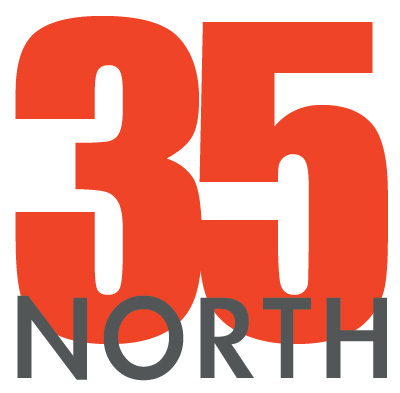13 Apr The Bread Street Irregulars
The property we have bought, which houses our future gallery and the flat above it, is on the corner of North Road and Bread Street in the heart of Brighton’s North Laine. We have reinstated the Bread Street address for the flat (a surprisingly simple process involving an email exchange with the local council!) and thought we would investigate a little of the history of the street hence the title of this post, The Bread Street Irregulars.
A little online research led us to the North Laine Community Association website and a fascinating article written by John Christopher Travers. It appears that far from being a street full of bakers (as we had naively assumed) the history of Bread Street is far less salubrious……..
In the early to mid 19th century, Church Street (which runs parallel to North Road and would originally have been linked to it by Bread Street) and its environs were notorious! According to historical accounts the entire area was inhabited by ‘beggars, drunkards, prostitutes and thieves and in 1860 alone, 97 brothels were counted, along with 300 prostitutes’. In fact the whole area was an almighty jumble of slums, crumbling houses and murkey alleys making it a den of vice and the centre of the criminal underworld.
In 1862 Father Arthur Wagner, an amazing character and the person to whom Constance Kent finally confessed her crime (Constance killed her half brother Samuel Kent, the story was the basis for The Suspicions of Mr Whicher: The Murder at Road Hill House by Kate Summerscale) built a small mission church in Bread Street. It was a simple red brick affair, with whitewashed walls and a wooden roof. Father Wagner named it the Church of St Mary and St Magdalene.
There are still word-of-mouth traditions that insist that Bread Street became a kind of refuge for some of those 300 ladies of the town, once plying their trade in the slums, who are said to have moved into the mildly more genteel surroundings of Bread Street itself.
Although licensed for church worship, St Mary and St Mary Magdalene was never consecrated. Perhaps this turned out to be helpful, as Father Wagner had a reputation for kindness that sometimes went beyond the usual…….. It appears his little church sometimes became a doss house for the temporary homeless, where he provided soup and bread and a few mattresses too.
Father Wagner also used to walk through the streets in the surrounding area, ringing a handbell, rather optimistically summoning prospective worshippers to prayer. At least some of the ‘Bread Street Irregulars’ (as the ladies were sometimes described) would have heard and heeded the call and so dropped in for the occasional service. The church muddled through into the following century but soon became derelict. It was finally demolished as late as 1963.
Bread Street itself was not far behind in the demolishing stakes and apart from our building on the corner and Rin Tin Tin directly opposite, nothing remains of notorious Bread Street!


Sorry, the comment form is closed at this time.